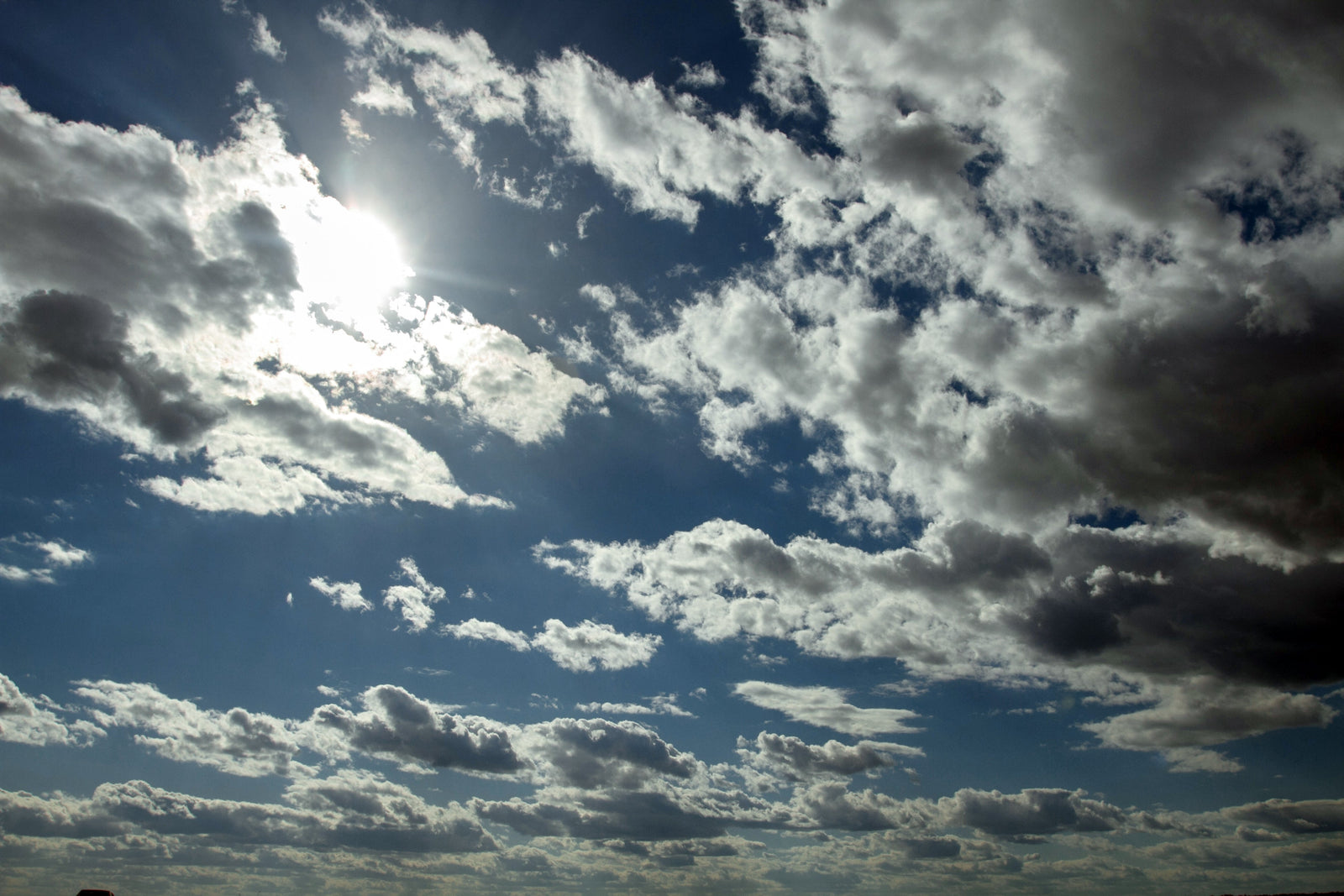"It's not the heat, it's the humidity."
- Dad, 24:7:365
When I took my run this morning, there was no denying that this was going to be a sticky, hot day in the Portland metro area. It wasn't long before my quick-drying shirt was heavy with sweat.
At my feet, my dog was panting from the get-go. The weather app on my phone said humidity was north of 70%. We cut our run short.
Most of us runners, walkers, and everyday athletes are attuned to the weather headlines. When it rains, we may grab a jacket. When it's hot, we know to slow down, reduce our mileage, or even go inside, rather than risk getting sick from the heat.
On hot and humid days like today, the moisture in the air blankets you like an extra layer and elevates your risk of heat-related conditions like heat exhaustion and heatstroke. It's a double-whammy, and it calls for us to be doubly cautious.
During exercise, you sweat. Sweat on your skin absorbs heat from your bloodstream, and, sufficiently energized, evaporates, leaving you cooler. But when the air is thick with moisture, your sweat doesn't evaporate as readily, short-circuiting your natural chill.
You get sweatier and hotter....
When I'm not tinkering in the boiler room of this PRC website, I'm coaching youth soccer. One of the resources we rely on as soccer coaches to determine how hard to practice—or whether to practice at all—when heat and humidity come at us from both sides, is this set of guidelines devised by US Soccer in cooperation with the Korey Stringer Institute at the University of Connecticut.
On days like today, I always feel compelled to share it.
(Korey Stringer, you may recall, was the Minnesota Vikings lineman who died of exertional heatstroke in August, 2001.)
The crux of our decision as coaches—and maybe yours as an athlete—whether to ease up in training or even to cancel it, is something called wet bulb globe temperature, taken at the intersection of heat and relative humidity. Even at warmish temperatures, if the humidity gets high enough, we introduce more breaks, shorten the duration of activities, and change the focus of the training session. The kids get less fitness development on those days, and more technique or tactics.
For a runner, your response to a sweltering, muggy stretch might be similar. It could mean delaying your speedwork or long run for a day or two and instead inserting an easy maintenance run in the schedule.
It could mean hitting the air-conditioned gym for some strength training, which, by the way, is an important part of a runner's routine for staying healthy and maintaining consistency.
And that's what it boils down to.
Whether you're a runner or a soccer player or a pickleball player, you aren't enjoying it or getting better at it if you can't do it at all.
I hope you find those guidelines helpful. Mind the weather to stay on track.



